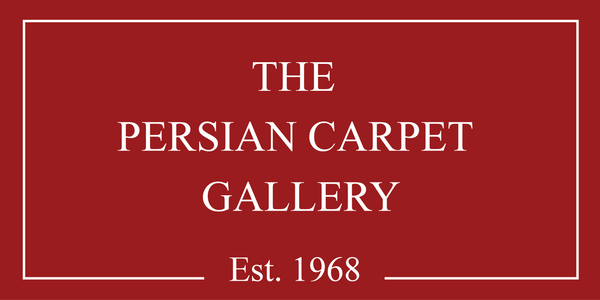17th Century Persian Silk Carpet in the Staatliche Museen, Preussischer Kulturbesitz, Berlin
Silk Carpet with Arabesques – A Persian Masterpiece of the 17th Century
A Glimpse into Persian Luxury and Artistry
Among the most breathtaking and historically significant carpets in the world, this 17th-century Persian silk carpetshowcases the pinnacle of craftsmanship from the Safavid dynasty. With its intricate arabesque motifs, silk pile enriched with silver and gold-gilt threads, and an astonishing knot density of 740,000 knots per square meter, it is a true masterpiece of Persian carpet weaving.
Currently housed in the Staatliche Museen, Preussischer Kulturbesitz, Berlin, this rare carpet was originally woven in Isfahan or Kashan during the reign of Shah Abbas the Great (1588–1629). It belongs to a distinguished category known as 'Polonaise' carpets, celebrated for their shimmering elegance and association with Persian royalty.
Technical Details & Dimensions
- Origin: Central Persia, early 17th century
- Current Collection: Staatliche Museen, Preussischer Kulturbesitz, Berlin
- Dimensions: 210 x 143 cm (83 x 56 in.)
- Knot Density: 740,000 knots per square meter (477 knots per square inch)
-
Materials:
- Warp & Weft: Pure silk
- Pile: Silk, adorned with silver and silver-gilt thread
What Are Polonaise Carpets?
Polonaise carpets are among the finest silk rugs ever produced, originating from Isfahan and Kashan during the height of Persian artistic achievement. Woven with luxurious silk and precious metal threads, they were highly sought after by European nobility and often gifted to royal courts. These carpets earned the name "Polonaise" due to their association with Polish aristocracy, who were among the prominent collectors of these treasures in the 17th and 18th centuries.
This particular piece was gifted to the Staatliche Museen by Prince Jean of Liechtenstein, a testament to its significance and prestige. A nearly identical version exists in a private collection, highlighting its rarity and artistic importance.
A Timeless Symbol of Persian Heritage
The arabesque motifs and floral patterns in this carpet reflect the refined aesthetic of Persian rug design, a tradition that continues to captivate collectors and enthusiasts worldwide. The combination of intricate hand-knotting, natural silk fibers, and gold and silver embellishments gives this masterpiece an ethereal glow, making it a timeless symbol of Persian luxury.
Even after four centuries, this silk carpet remains an awe-inspiring example of Persian artistry, symbolizing the rich cultural heritage of Iran and the enduring legacy of Persian rug weaving. Whether displayed in museums or owned by collectors, authentic Persian silk carpets like this continue to be prized for their beauty, craftsmanship, and historical value.

